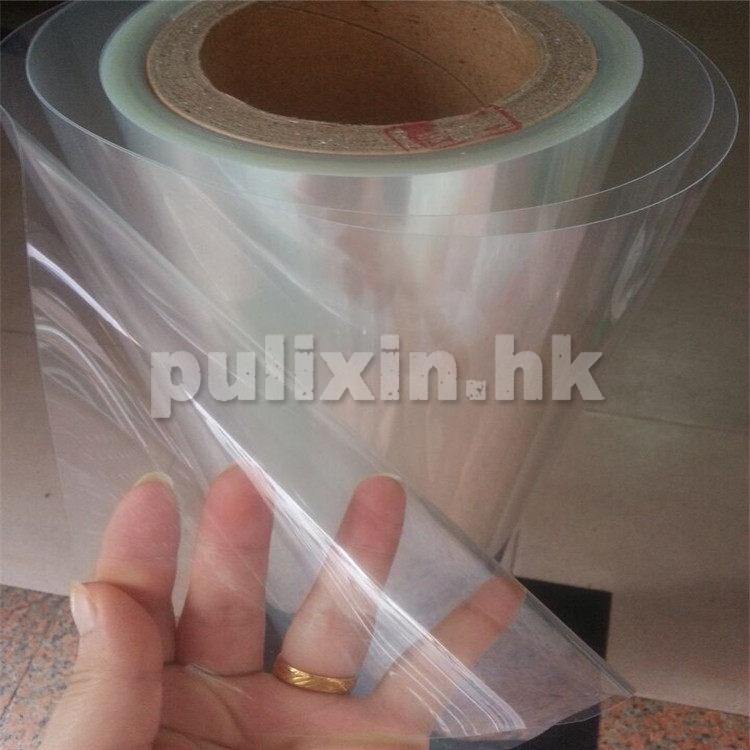Преимущества защиты окружающей среды и устойчивое развитие листовых рулонов ПЭТ

The environmental protection advantages and sustainable development of PET sheet rolls play a crucial role in reducing the environmental footprint of packaging materials and promoting a circular economy. Here, we delve into these aspects:
Environmental Protection Advantages:
Recyclability: PET sheet rolls are highly recyclable, meaning they can be collected, sorted, and processed into new PET products or materials. This reduces the demand for virgin materials and helps minimize waste generation, contributing to resource conservation and waste reduction efforts.
Energy Efficiency: The production of PET sheet rolls typically requires less energy compared to other packaging materials like glass or aluminum. PET has a lower melting point, which reduces energy consumption during processing, transportation, and recycling, thereby lowering greenhouse gas emissions and environmental impact.
Biodegradability: While PET is not biodegradable under typical environmental conditions, its recyclability ensures that it can be reused and recycled multiple times, extending its lifecycle and reducing the need for disposal in landfills or incineration, where it may contribute to environmental pollution.
Resource Conservation: PET sheet rolls contribute to resource conservation by reducing the consumption of natural resources such as petroleum, which is used as a raw material in PET production. By using recycled PET (rPET) content in manufacturing, the demand for virgin materials can be reduced, conserving natural resources and minimizing environmental degradation.
Sustainable Development Initiatives:
Closed-loop Recycling: Sustainable development of PET sheet rolls involves implementing closed-loop recycling systems where used PET materials are collected, processed, and reintroduced into the production cycle as recycled content. This circular approach helps reduce reliance on virgin materials, lowers carbon emissions, and promotes a more sustainable and circular economy.
Life Cycle Assessment (LCA): Conducting life cycle assessments of PET sheet rolls helps evaluate their environmental impact across the entire product lifecycle, from raw material extraction and production to use, disposal, and recycling. LCA studies provide insights into areas for improvement and guide decision-making towards more sustainable practices.
Innovative Technologies: Investing in innovative technologies for PET recycling, such as advanced sorting systems, chemical depolymerization processes, and mechanical recycling techniques, can improve the efficiency and effectiveness of PET recycling, leading to higher-quality recycled materials and increased resource recovery rates.
Collaboration and Education: Collaborative efforts among industry stakeholders, governments, NGOs, and consumers are essential for advancing the sustainable development of PET sheet rolls. This includes raising awareness about the environmental benefits of PET recycling, promoting eco-friendly packaging alternatives, and implementing policies and regulations that support recycling and waste management initiatives.
In conclusion, the environmental protection advantages and sustainable development of PET sheet rolls are critical for reducing environmental impacts, conserving resources, and promoting a more sustainable packaging industry. By embracing recyclability, implementing closed-loop recycling systems, adopting innovative technologies, and fostering collaboration and education, we can work towards a more circular and environmentally responsible approach to PET packaging.

